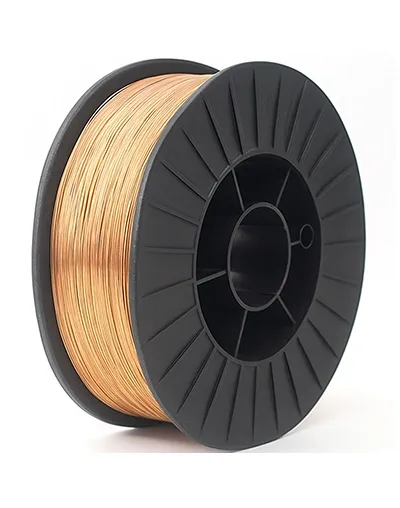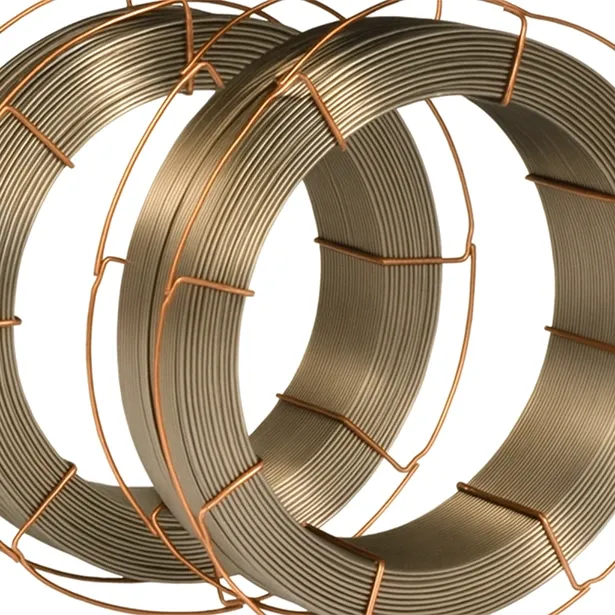Submerged Arc Welding Wire Price
Submerged arc welding wire price is influenced by the diameter of the wire, the type of alloy used in its production, and the specifications of the manufacturing brand. Additionally, exchange rates, order quantity, and packaging type are among the key factors that affect pricing.
Submerged arc welding wire price is also determined by the compatibility between the wire and the welding machine used. In compatible systems, wire consumption decreases while welding quality improves. Therefore, both technical features and total cost should be evaluated together. Using high-quality wire ensures long-term economic benefits.
Points to consider during the purchasing process:
- The supplier’s approach to after-sales support and warranty
- Clarification of project-specific technical requirements
- The wire’s suitability for long-term storage
- Operator experience and system efficiency
- The effect of logistics processes on delivery speed
- Clear expression of return and exchange conditions
What is the Price of Submerged Arc Welding Wire?
Widely used in the industry, submerged arc welding wire is known for its durability and uninterrupted performance during welding. The pricing process is shaped by the thickness of the wire, its composition, and the quality standards provided by the manufacturer. Additionally, exchange rate fluctuations, stock availability, and order volume are among the cost-determining factors.
Submerged arc welding machines play a crucial role in using these wires efficiently. The compatibility between the machine and the wire directly affects welding quality. Welding operations performed with compatible systems can achieve both time and cost savings.
There are welding wires with different alloy compositions on the market, and each is preferred for specific applications. Wires produced in accordance with quality standards offer long-lasting use in industrial projects. It is essential to determine the most suitable material for your needs when making a selection.

General factors affecting prices include:
- Chemical composition and diameter of the wire
- Packaging type and logistics costs
- Production process and quality certifications of the requested product
- Requested quantity and delivery time
During the purchase, users should especially consider product return conditions. In case of manufacturing defects, the return process depends on the supplier company’s policy. Therefore, the terms should be carefully reviewed before the purchase.
Choosing the right welding wire increases quality and reduces costs. With a well-planned system, sustainable success in welding performance can be achieved.
Where is Submerged Arc Welding Wire Used?
Industrial welding wire plays a critical role in heavy industry due to its resistance to high temperatures and long-term welding operations. It is especially preferred in the joining of thick metal parts and is used with high-current systems. It saves time and labor by ensuring consistent welding quality in mass production facilities.
Main areas of use include:
- Pressure vessel and boiler manufacturing: In this field, where thick steel plates need to be joined with precision and without leakage, strong seams are formed using submerged arc welding wire.
- Pipeline systems: This wire is preferred for safe and long-lasting connections in pipelines transporting oil, natural gas, and chemicals.
- Steel structures and construction: Strength is prioritized in structures such as bridges, factory roofs, and crane construction that require high load-bearing capacity.
- Shipbuilding industry: Welding wires that provide deep penetration are used during the joining of metals in large ship bodies.
- Energy and transportation infrastructure: In wind turbines, power plants, and rail system projects, resistant weld seams are needed to withstand outdoor environmental conditions.
Since submerged arc welding is integrated with automatic systems, the probability of error is reduced. Thus, welding quality remains consistent from start to finish. For this reason, it is considered one of the ideal solutions in large-scale production in terms of both safety and efficiency.
Prices vary depending on factors such as wire diameter, alloy type, brand, and exchange rate.
Wire selection should match the technical capacity of the welding machine. Compatible setups both improve quality and reduce wire consumption.
Most suppliers specify a minimum order quantity based on spool or kilograms. This amount may vary between companies.
Yes, products with manufacturing defects are usually accepted for return. However, return policies may differ between companies.
Wires stored under proper conditions retain their durability for a long time. However, they should not be stored in humid environments.
For the most suitable welding wire solutions and special price offers, you can contact Eko Kaynak.

